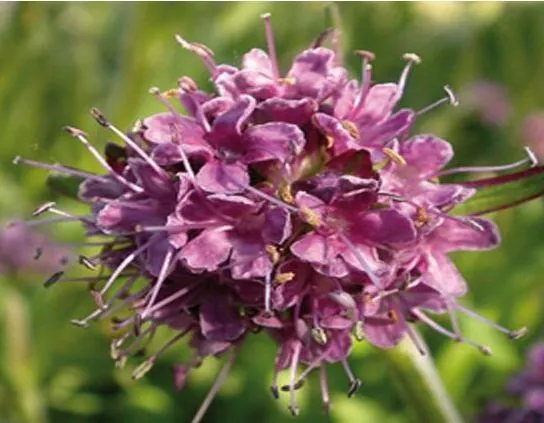Nardostachys grandiflora has medicinal, social and commercial uses. Rhizomes are used in wounds, cold and cough, chronic fever due to poisioning, high blood pressure, stomach disease. They are also used to treat conjunctivitis, gastritis, dyspepsia, piles, mental disorders and diabetes. The oil have anti inflammatory, antipyretic, antiseptic, astringent, carminative, laxative, sedative uses.
The oil is used in various industrial preparations such as in perfumery and hair care products.



